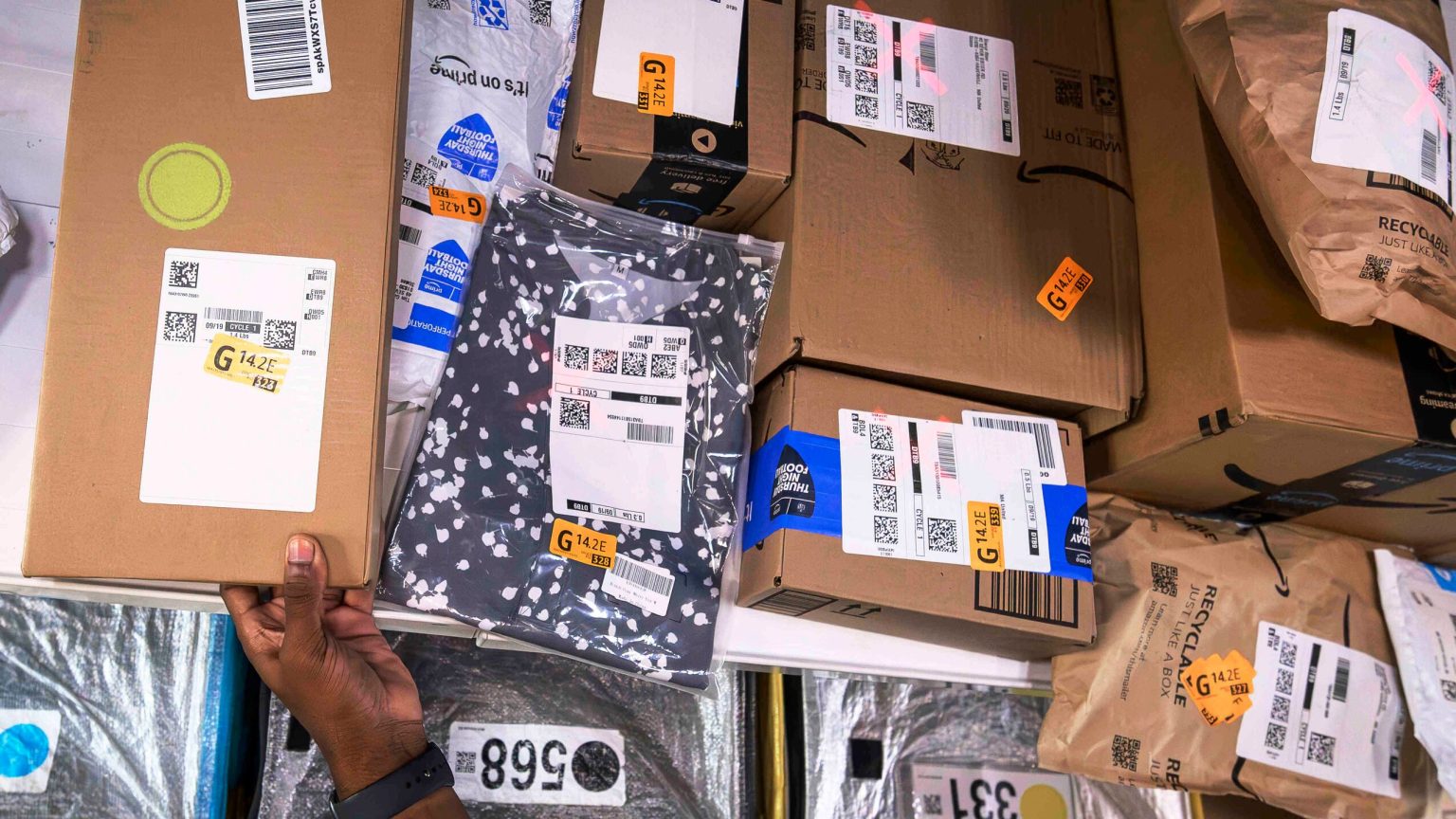Amazon has introduced a new AI technology called Vision-Assisted Package Retrieval (VAPR) for the cargo hold of its electric Rivian vans. This system gives drivers audio and visual cues about which packages should be delivered at a given stop by projecting a green “O” on those packages and a red “X” on all other packages in the back of the delivery van. The goal of VAPR is to reduce the need for manual sorting and organizing of packages between stops, ultimately improving efficiency for delivery drivers. This new system is part of Amazon’s larger effort to use AI and machine learning to enhance the performance of its 390,000 delivery drivers who work for independent Delivery Service Partners.
Amazon plans to roll out VAPR to 1,000 vans initially early next year. The system has been in development since 2020 and is an outgrowth of Amazon Robotics Identification (AR-ID) system, originally used in the company’s fulfillment centers. The company has conducted early tests that resulted in a 67% reduction in perceived physical and mental effort for drivers, as well as more than 30 minutes saved per route. According to a driver in the North Boston area, VAPR has reduced the time spent emptying totes and organizing packages between stops to about a minute, whereas it previously took 2 to 5 minutes. Overall, Amazon believes that VAPR will simplify the work of delivery drivers and improve their efficiency while on the job.
Amazon made several announcements at its annual “Delivering the Future” event in Nashville, in addition to the introduction of VAPR. The company revealed its next-generation fulfillment center in Shreveport, La., which includes updated and expanded versions of its robotics systems. They also announced the launch of new “AI Shopping Guides” in the Amazon shopping app, which use generative AI to provide key information about more than 100 product types for researching and comparing products. Moreover, Amazon’s Climate Pledge Fund has made investments in three startups: Molg, which makes robots for assembling and disassembling complex electronics for reuse; Paebbl, which turns CO2 into carbon-storing building materials; and 14Trees, which uses 3D printing technology to create lower-carbon buildings.
In an effort to reduce plastic in its packaging, Amazon has removed all plastic air pillows from its delivery packaging in fulfillment centers as of this month. The company has also retrofitted 120 automated packaging machines to produce custom paper bags instead of plastic bags. These initiatives are part of Amazon’s commitment to sustainability and reducing its environmental impact. Overall, the announcements made at the event demonstrate Amazon’s dedication to innovation, technology, and sustainability in its operations.
The new VAPR system is designed to enhance the efficiency of Amazon’s delivery operations by providing drivers with audio and visual cues about which packages to deliver at a given stop. By projecting a green “O” on packages to be delivered and a red “X” on others, the system reduces the need for manual sorting and organization of packages between stops. Amazon plans to roll out VAPR to 1,000 vans initially next year, following successful early tests that resulted in significant time savings and reduced physical and mental effort for drivers. This system is part of Amazon’s larger strategy to leverage AI and machine learning to improve the performance of its delivery drivers.
In addition to VAPR, Amazon made several other announcements at its annual “Delivering the Future” event in Nashville. These include the unveiling of a next-generation fulfillment center in Shreveport, La., the introduction of new AI Shopping Guides in the Amazon shopping app, and investments in startups focused on sustainability and innovation. Amazon also highlighted its efforts to reduce plastic in packaging by removing plastic air pillows and retrofitting packaging machines to produce paper bags. These initiatives reflect Amazon’s commitment to sustainability, innovation, and technology in its business operations, as well as its ongoing efforts to improve the efficiency and effectiveness of its delivery services.


